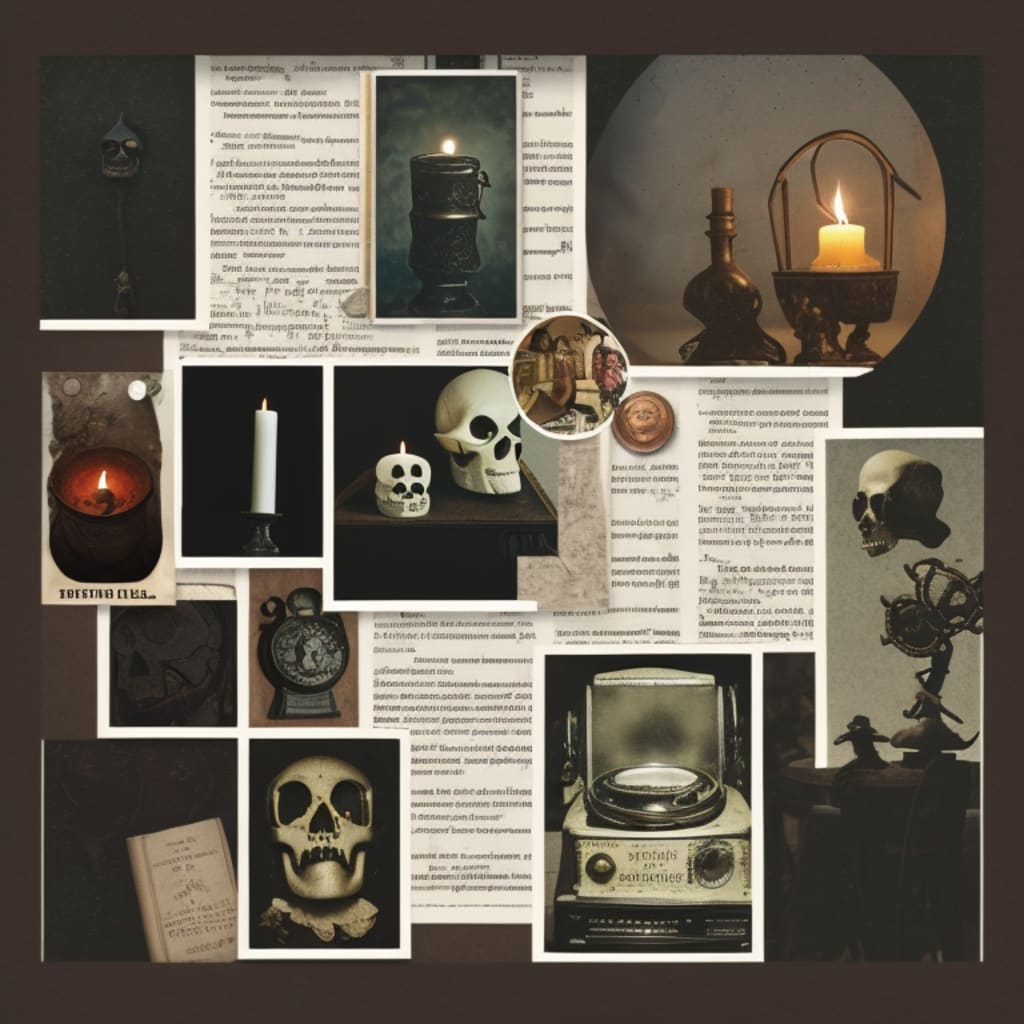Understanding the Allure of Morbid Curiosity
Exploring the Dark Side

In 1924, psychologist Carney Landis conducted a groundbreaking study on facial expressions. Rather than using actors, he exposed participants to real trauma, like smelling ammonia or cutting off the head of a living rat. The discomfort, disgust, and fear captured in the photographs were undeniably real, making them both disturbing and captivating. It's curious how we are drawn towards repulsive things—car accidents, natural disasters, celebrity scandals, and the macabre—feeling guilty for our interest while being unable to look away.
But why do we find disturbing things intriguing? There isn't a single reason; instead, numerous factors shape our fascination. Disturbing things give us a sense of strength, catharsis, reality, exploration, acceptance, and meaning. While it may seem strange to enjoy watching others endure extreme challenges, it is part of what keeps us engaged and alive. We humans are inherently curious, even when the outcome could be unfavorable. We often find uncertainty more uncomfortable than unpleasant certainty. Our brains release neurotransmitters like norepinephrine and dopamine when we experience fear, preparing us to face or escape from threats. Dopamine, known for its role in the brain's reward system, motivates seeking, approaching, and curiosity for its own sake.
Interestingly, dopamine systems in animals, when inhibited, can lead to starvation, even though they still find food satisfying when consumed. This suggests that our brains possess intrinsic systems that drive seeking, approaching, and curiosity for their own sake. This understanding has implications in studying compulsive behavior, as wanting to do something doesn't necessarily mean we enjoy it.
The rush of chemicals in our brains and bodies when we are genuinely scared helps us when the threats are real. However, when we are safely distanced from those threats and merely spectators, those same chemicals still affect us, making us more attentive, curious, and making it difficult to look away. In the early 1900s, Eugène-Louis Doyen published incredible images of sliced corpses, macabre yet undeniably fascinating. However, we often feel the need for an excuse, like Halloween or anatomy homework, to explore such things without being judged as weird.
Ironically, the guilt we experience for being interested in the macabre may fuel our desire to explore it further. The pressure to avoid something can paradoxically make it more tempting—a phenomenon known as The Boomerang Effect. This effect can manifest in various ways, such as The Streisand Effect, where attempts to suppress something unintentionally lead to its wider distribution. For example, when Barbra Streisand sued to suppress a photo of her house, it sparked even greater interest, with thousands of people downloading the picture within a month.
Viewing disturbing or terrifying content can evoke a sense of strength within us. After watching frightening films, viewers often feel empowered, proud that they faced and conquered something disturbing. It becomes a form of practice, as Stephen King aptly expressed, "We make up horrors to help us cope with the real ones." On a more negative note, following celebrity scandals or witnessing defeat in others can trigger feelings of pleasure known as "Schadenfreude," deriving joy from others' misfortunes. This behavior aligns with social comparison theory, where we seek evaluations of ourselves relative to others, especially when we come out on top.
While causing harm to others may seem counterintuitive, it serves a purpose in terms of relative happiness. Trolling, harassing, or griefing others may reduce our annoyance compared to those we bother. Viewing scenes of anger, vengeance, and violence, even when they don't involve us directly, can provide a release for our own anger and aggression. This psychological phenomenon is known as catharsis, acting as a cleanser and purifier. Creating images, movies, and stories that manipulate our emotions can be seen as a demonstration of our control over how we feel.
The paradoxical fascination with morbid topics is evident in our society. Websites like RedrumAutographs and Serial Killers Ink sell items associated with real serial killers, known as murderabilia. Our relationship with the morbid ranges from petty thrills and voyeurism to overwhelming obsession and fear. However, it is essential to recognize that our actions are under our control, as long as we remain aware of them. One of the most constructive uses of morbid curiosity is its ability to facilitate meaning, acceptance, and empathy.
Author Eric G. Wilson suggests that our attraction to the macabre is partly driven by a desire to experience someone else's suffering. Through morbid curiosity, we imagine ourselves in their shoes, contemplating whether such experiences could happen to us. This empathetic connection reminds us of our own mortality and vulnerability, ultimately bringing us closer together. Personal experiences with morbid content, such as the somber documentary "Extreme Love Dementia" by Louis Theroux, can evoke a deep emotional response, leading us to seek connection and support from others.
Acceptance is another powerful aspect of morbid curiosity. By exploring disturbing topics, we confront the realities of life and death. Accepting death does not mean we won't be devastated by the loss of loved ones, but it allows us to focus on our grief without burdening ourselves with existential questions. Death is a universal experience that affects us all. Embracing this acceptance can be both challenging and liberating.
Intriguingly, morbid curiosity and humor share a common purpose. Humor often serves as a way to identify who is part of a social group and who is not. Jokes rely on shared knowledge and attitudes, helping us establish connections with others. Similarly, morbidity helps us assess shared attitudes concerning existential matters, morality, and justice. Whether used for empathetic understanding or exploitative purposes, morbidity and laughter play adaptive roles in our lives.
In conclusion, our morbid curiosity is driven by multiple factors. It gives us a sense of strength, provides catharsis, connects us with reality, enables exploration and acceptance, and offers meaning. While we may question our interest in the macabre and feel guilt about it, understanding the underlying psychological mechanisms helps us navigate our curiosity. By acknowledging and embracing the constructive aspects of morbid curiosity, we can find insight, connection, and personal growth within our fascination with the dark side of life.





Comments
There are no comments for this story
Be the first to respond and start the conversation.